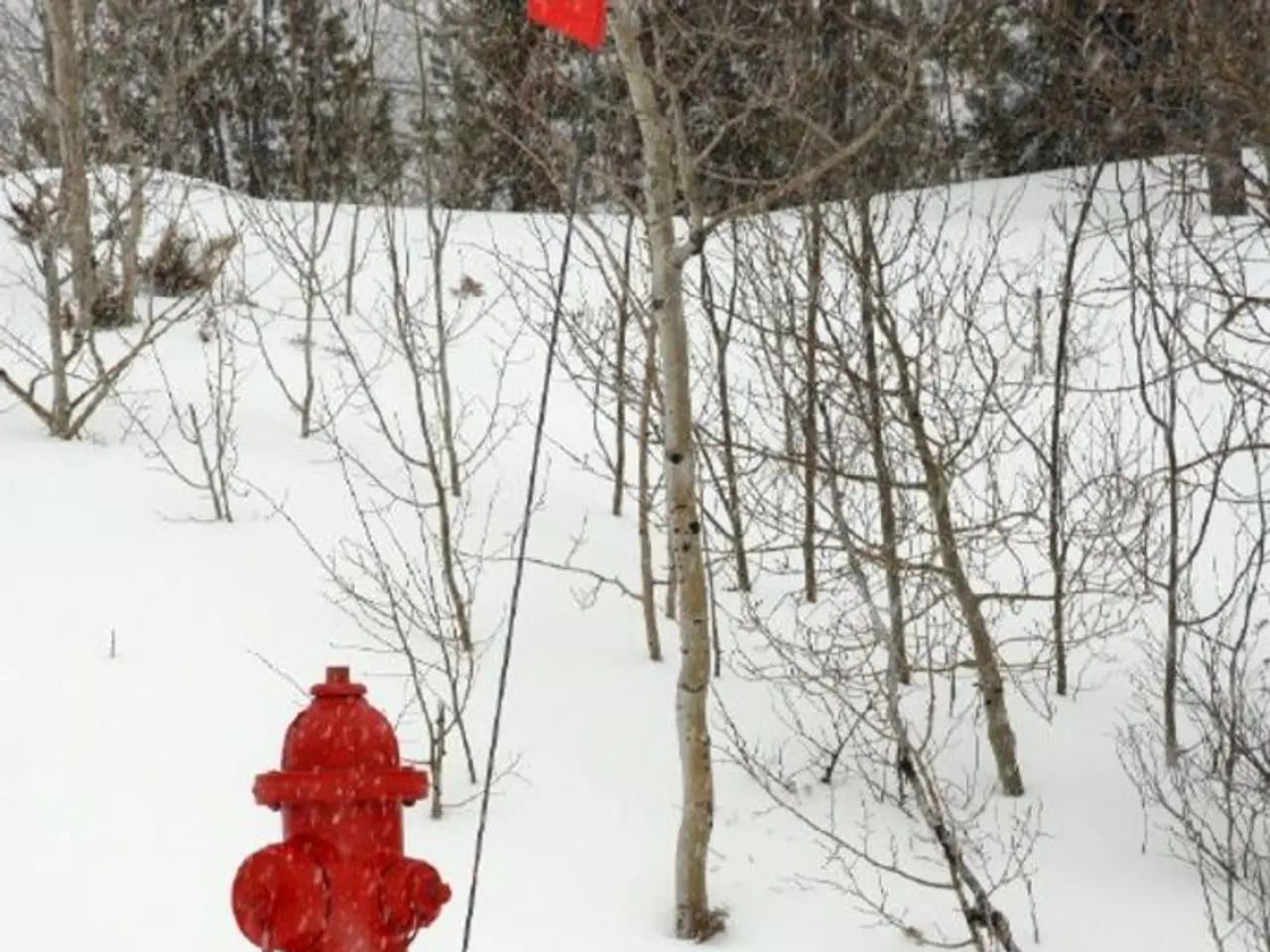Essential Information on Fall Hydrangea Pruning - Preparing for Pruning with Your Secateurs in Autumn
Hydrangeas, with their vibrant blooms and minimal maintenance requirements, are a favourite among gardeners. The key to ensuring healthy plants and maximising flowering each season lies in understanding when and how to prune these workhorse shrubs.
The decision to prune depends primarily on whether the hydrangea blooms on old wood (last year's growth) or new wood (the current season's growth). Examples of hydrangeas that bloom on old wood include Mophead and Lacecap hydrangeas (Hydrangea macrophylla), Oakleaf hydrangea (H. quercifolia), and Bigleaf hydrangeas.
For these old-wood bloomers, pruning should be done immediately after flowering, typically in mid to late summer (July–August), once the blooms have faded. Avoid pruning in late fall, winter, or early spring, as these plants set their flower buds on last year’s wood, and pruning at those times will cut off next year’s flowers. When pruning, remove spent flower heads by cutting just above a pair of healthy buds lower on the stem. Lightly tidy up by removing dead, damaged, or crossing stems at the base. Every few years, remove one or two of the oldest stems at ground level to encourage new growth.
On the other hand, hydrangeas that bloom on new wood, such as Panicle hydrangeas (H. paniculata), Smooth hydrangeas (H. arborescens, such as ‘Annabelle’), and 'Endless Summer' hydrangeas, should be pruned in late winter or very early spring, before new growth begins. Pruning when the plant is still dormant encourages vigorous new stems and blooms in the current year. Cut back hard, reducing stems to about one-third of their height (roughly 30–50 cm from the ground). Shape the plant with an open, vase-like form to allow light and air circulation. These types tolerate and benefit from more severe pruning than old-wood bloomers.
In summary, here's a table to help you remember:
| Hydrangea Type | Bloom Wood | Pruning Time | Pruning Method | |-----------------------------|-----------------|-----------------------------|------------------------------------------------| | Mophead, Lacecap (Macrophylla), Oakleaf | Old wood | Right after flowering (mid-late summer) | Light pruning; remove spent blooms and dead stems | | Panicle (Paniculata), Smooth (Arborescens) | New wood | Late winter to early spring | Hard pruning; cut stems back to ~1/3 height |
Proper pruning techniques ensure healthy plants and abundant blooms each season. Remember, improper pruning can ruin an entire season of blooms. Always consider the variety of your hydrangea before making cuts, as some bloom on new wood and others on old wood.
For more information, consult a master gardener or docent, such as Teo Spengler at the San Francisco Botanical Garden.
[1] Spengler, T. (n.d.). Pruning Hydrangeas: How, When, and Why. Gardening Know How. Retrieved from https://www.gardeningknowhow.com/ornamental/shrubs/hydrangea/hydrangea-pruning-basics.htm
[2] Walters, L., & Draiss, A. (2021). How to Prune Hydrangeas: A Step-by-Step Guide. The Spruce. Retrieved from https://www.thespruce.com/how-to-prune-hydrangeas-1412636
[3] Hydrangea Pruning Guide. (2021). The Old Farmer's Almanac. Retrieved from https://www.almanac.com/plant/hydrangea-pruning-guide
[4] Pruning Hydrangeas. (2021). The Garden Helper. Retrieved from https://thegardenhelper.com/hydrangea-pruning/
The home-and-garden lifestyle includes caring for hydrangeas, either old wood bloomers like Mophead, Lacecap, Oakleaf, or new wood bloomers such as Panicle, Smooth, and 'Endless Summer' hydrangeas. Properly pruning your hydrangeas according to their specific bloom wood types will ensure a healthy lifestyle and abundant gardens each season.




